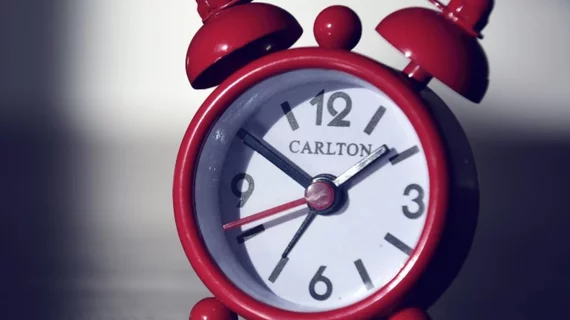Switch to daylight saving time linked to spike in heart attacks
Sen. Marco Rubio and Rep. Vern Buchanan, both republicans from Florida, have introduced bills in their respective chambers of Congress to make daylight saving time a year-round reality. And as people around the country struggle to catch up on sleep after “springing forward” an hour, a Washington Post story reminds us of the health risks associated with adjusting our clocks, including an increased incidence of heart attacks.
A 2018 study in the European Review for Medical and Pharmacological Sciences analyzed six studies that assessed the link between clock shifts and acute myocardial infarction (AMI). In all six studies, there was a higher occurrence of AMI with the spring shift, with increases ranging from 4 to 29 percent. On the other hand, only one study showed an increase in heart attacks associated with “falling back” an hour in the autumn.
Other research shows the springtime shift, especially, disrupts people’s sleep cycles, while the fall shift—which gives people less sunlight during normal waking hours—contributes to more depression diagnoses, according to the Post.
“There continues to be the mythic idea that we are saving something by turning our clocks forward and backward,” Michael Downing, an English professor at Tufts University and author of “Spring Forward: The Annual Madness of Daylight Saving Time,” told the newspaper. “It’s such a preposterous idea that we can gain or lose an hour by simply sticking our finger in the face of our clocks.”
Read the full story below:

